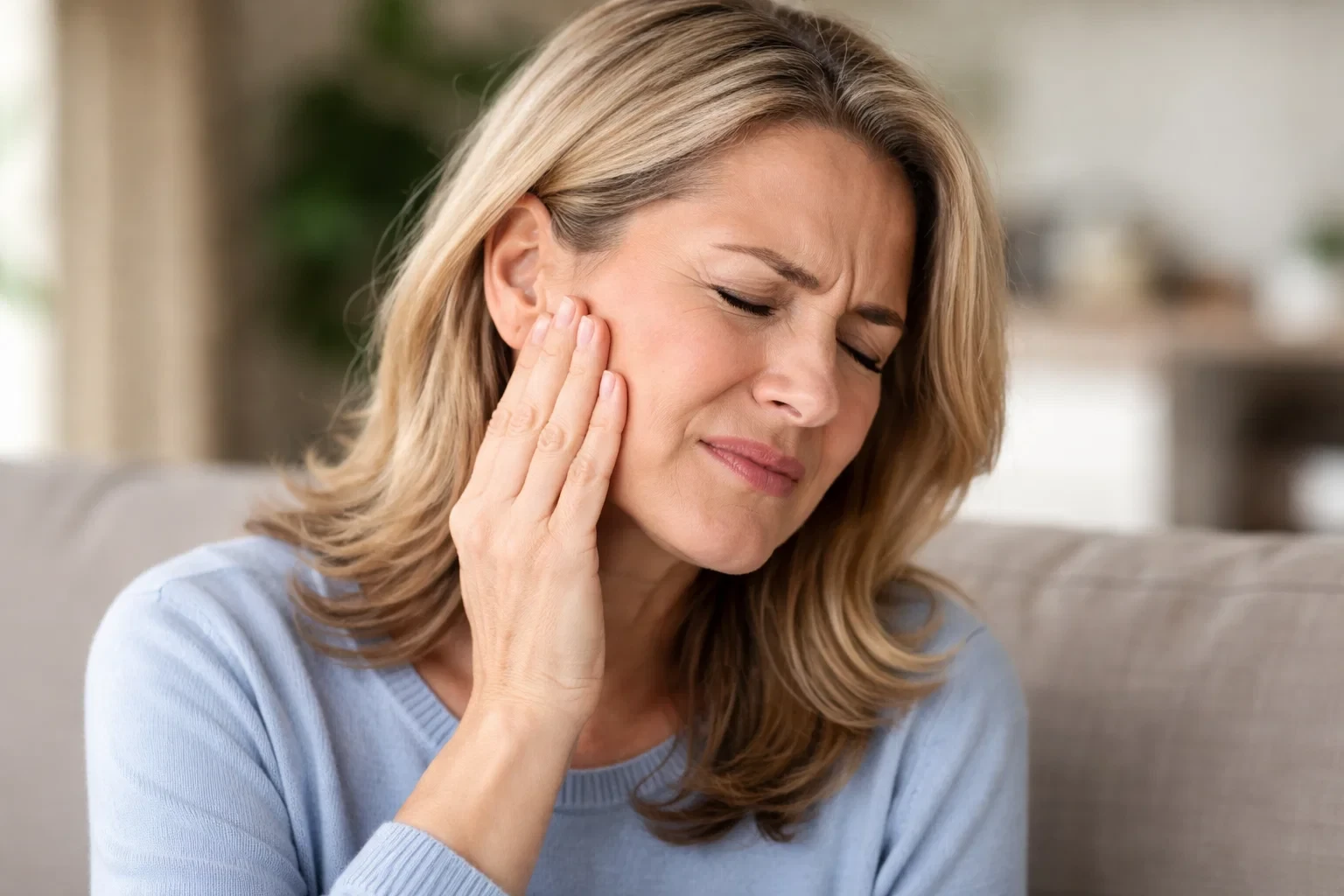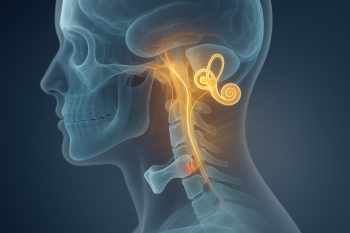
Tennis elbow is the popular name of a form of tendinitis of the arm, called lateral epicondylitis. You may have suffered from it, even if you are not a tennis player. This condition is triggered by intense and repetitive use of the elbow in various other sports and physical activities. It affects the elbow and the wrist and renders you virtually incapable of performing regular tasks, like carrying a bag of groceries.
What Are the Symptoms of Tennis Elbow?
By downloading the Digital Patient Chart mobile app you can better control your patient portal.
Lateral epicondylitis can be recognized by weakening the handgrip, accompanied by a burning sensation in the upper arm and outer part of the elbow and a sharp pain if you try to lift or grip anything in your hand. You cannot fully flex your lower arm and may not even hold a mug of tea or coffee properly.
In most cases, people use the RICE (rest, ice, compress, elevate) to treat tennis elbow and use over-the-counter painkillers. However, this only offers respite from the pain but does not solve the problem itself.
The main issue with this self-treatment course is that it is recommended for injuries caused by a sudden trauma – a sprain, for instance. Lateral epicondylitis is not caused by an injury to the elbow but by overuse of the tendon inside it.
How Can a Chiropractor Treat Tennis Elbow?
A chiropractor will start with a full evaluation of your arm joints. This will show where the inflammation starts and how widespread it is. Once they know the extent of your problem, they will recommend a series of treatment sessions combined with light exercises at home.
In general, chiropractic treatment for tennis elbow includes:
1. Solving Misaligned Join Problems
A lot of patients with tennis elbow also suffer from misalignments in the shoulder and neck joints. These misalignments may have been caused by the same activity that led to lateral epicondylitis or in a separate incident.
The chiropractor will perform several rounds of adjustments of the joints, which will reduce the pressure on the injured tendon. As the inflammation goes down, the patient will regain the full use of their arm.
2. Investigating a Potential Misaligned Spine Issue
If someone suffers from tennis elbow without practicing racquet sports or golf and without overexerting their arms otherwise, the problem may be misaligned vertebrae in the spine.
The spinal cord is the main communication highway for the entire nervous system. When signals do not travel properly to all the parts of the body, inflammation may occur. This comes as a surprise for many patients, who affirm that they don’t have any neck or back pain. However, this means nothing, as misalignments can “disable” pain receptors.
3. Regaining Grip Strength
While managing inflammation and pain, the chiropractor will not forget about the second main symptom of the tennis elbow – the weak grip. The main recommendation is to use stress balls and other sports devices with increasing degrees of resistance to rebuilding strength.
This is not a DIY routine – the chiropractor will tell you when it is safe to start these exercises and when to change from one grip training device to another.
4. Regaining Wrist Mobility
In parallel with regaining the strength of your grip, the chiropractor will help you regain the full mobility of the wrist, which is also affected by the tennis elbow. You will go through a range of specific exercises during the treatment session and receive recommendations to repeat them at home at various intervals, adding some weight (such as a water bottle) after a period.
Tennis elbow does not go away with painkillers and a brace. Left untreated, its debilitating symptoms can last for years.






Leave a comment